Microsoft Browsers User Agent history in 25 years
About 2 min reading time
Did you know that over 25 years Microsoft Browsers identified themselves differently in the User Agent? From Microsoft Internet Explorer, MSIE and Edge to the current versions Edg, EdgA and EdgiOS.
Let's review the history.
Microsoft Internet Explorer 1.0 #
1995 ⏩IE 1.0 (v.4.40)
It used a clean and straightforward ID.
But many devs were doing server UA sniffing expecting the modern Netscape browser, searching for the "Mozilla" word.
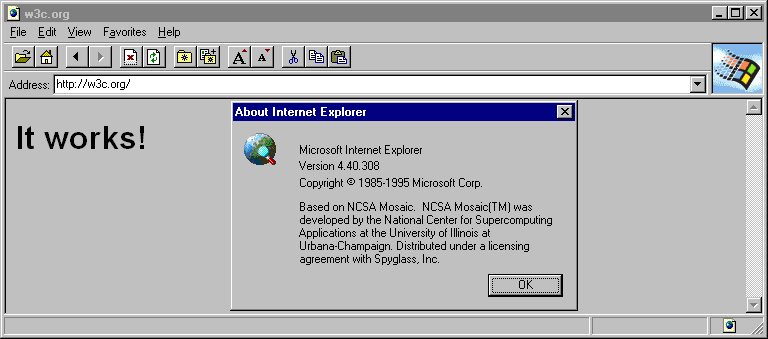
Microsoft Internet Explorer 1.5 to Internet Explorer 10 #
1995-2012 ⏩ Mozilla (compatible; MSIE)
MS started to use Mozilla fake ID to avoid websites know it's IE, adding MSIE in parenthesis (full browser name as in 1.0 avoided)
Applied to Win, WinCE, WinNT & Mac

Gazelle #
In 2009, Microsoft Research created a browser-OS project (similar to today's Chrome OS) known as Gazelle. Then it moved into something with the name ServiceOS in 2011. The project was never released, and no user agent seems to be identified.
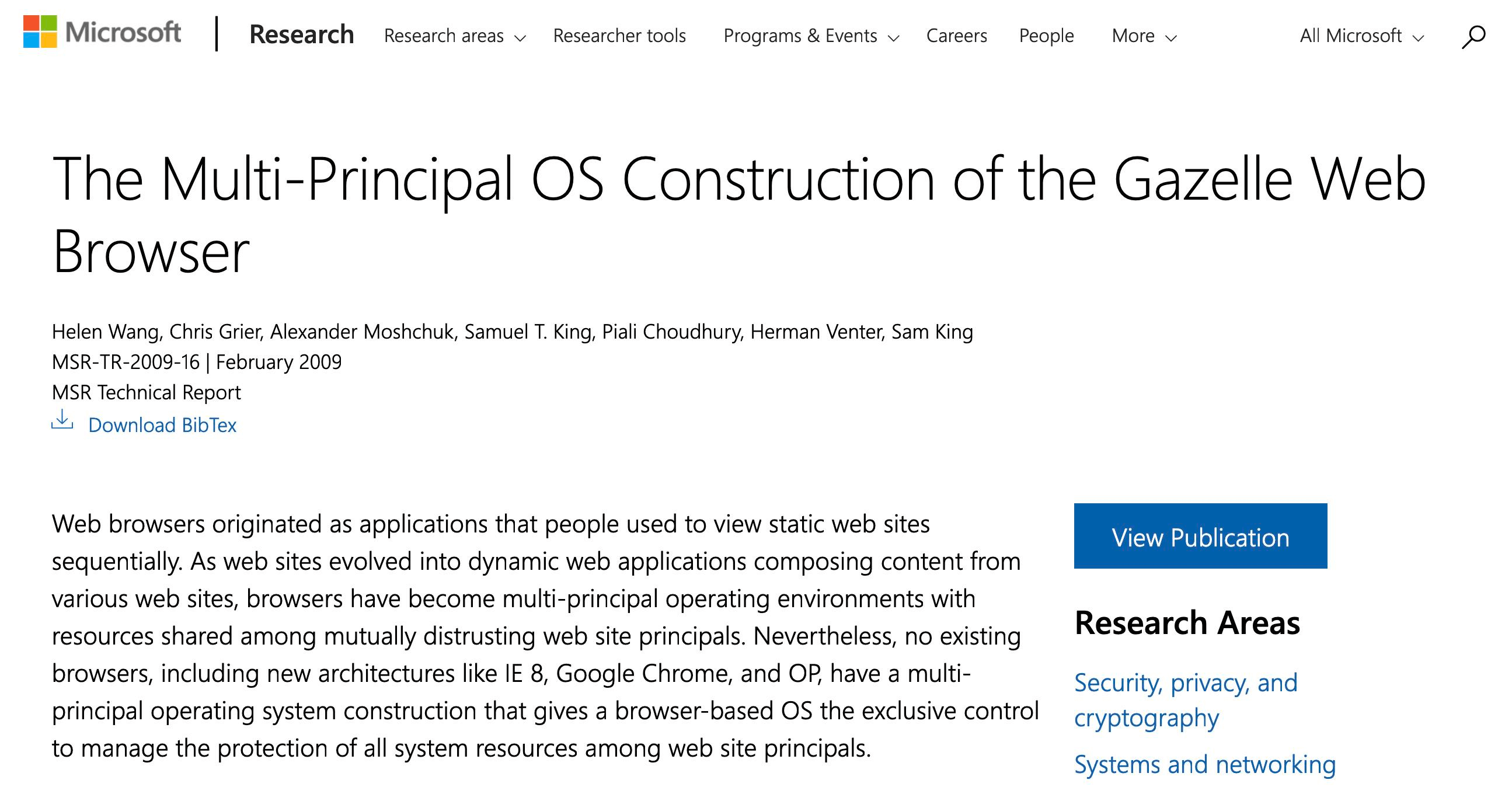
IE and the World #
During a decade a lot of browsers were launched, including Safari, Firefox, and Chrome, and at one point they started identifying themselves as all of them, including the words: "AppleWebKit," "Gecko," "Safari," and/or "Chrome."
** No one has ever tried to be treated as IE. **
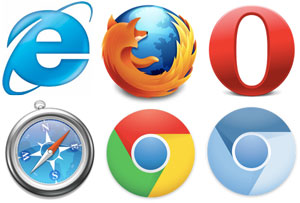
With time IE became a meme, a joke between devs and users: Internet Exploder, the best browser to download other browsers, and more.
Microsoft started an interesting campaign: "The browser you loved to hate." See this video from the campaign:

Internet Explorer 11 #
Internet Explorer 11 tried to change the anti-IE feeling between devs removing every trace of "MSIE" from the user agent string and keeping only Trident (the engine) within it, unless compatibility mode is enabled (used IE7 UA).
2013 ⏩ Mozilla (Trident)
It didn't work.

Edge era #
Microsoft launched a brand new browser in 2015.
Edge 13 to 17 didn't use the words "Trident" or "MSIE" and replaced it with "Edge" but before it, also the whole list of competitors: "Chrome," "Safari," and "Gecko."
2015-2018 ⏩ Mozilla (Gecko, Chrome, Safari, Edge)
What about apps #
JavaScript Universal Apps and PWAs in the Microsoft Store were also using the Edge runtime, adding "MSAppHost" before the list of engines
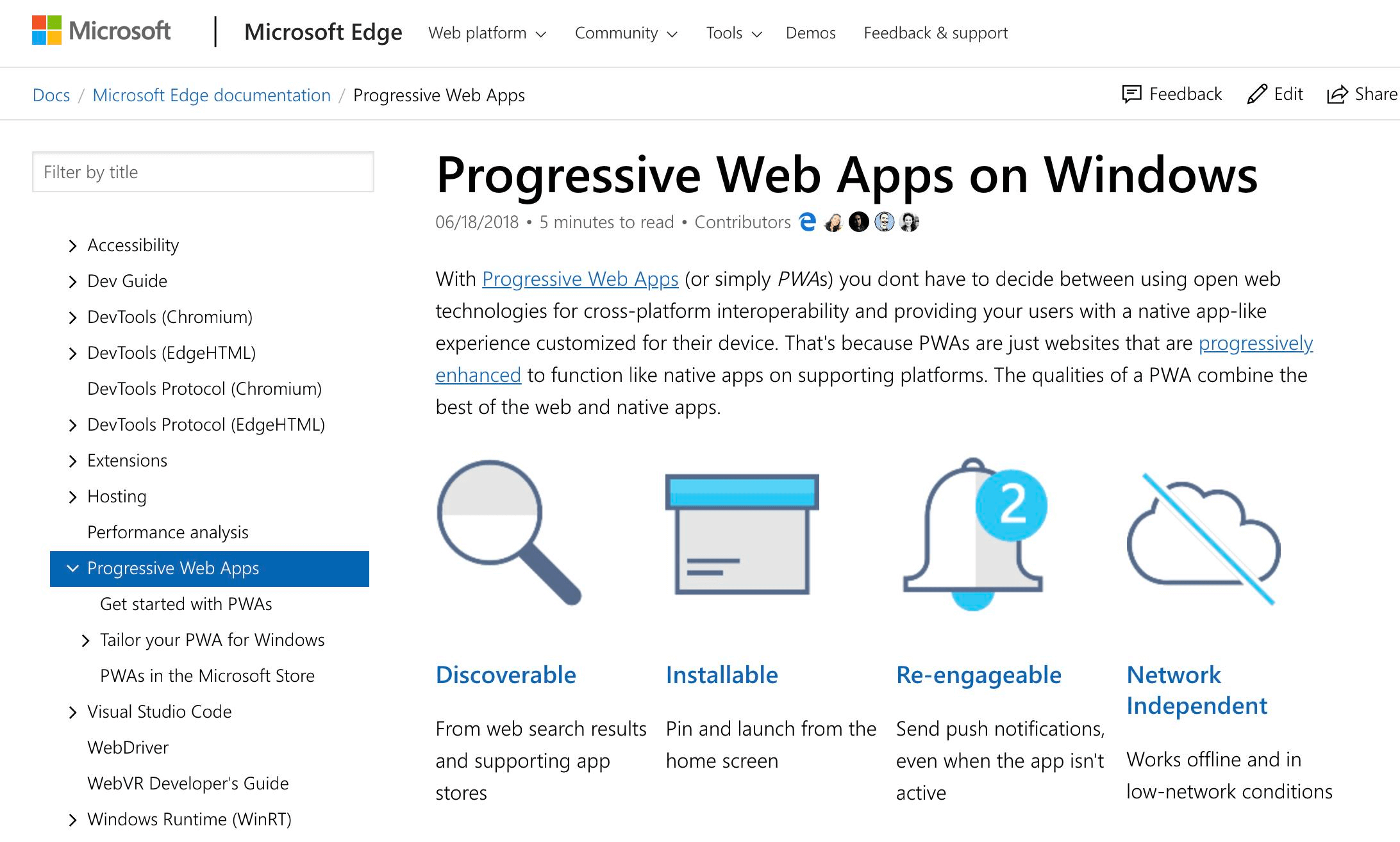
2015-2018 ⏩ Mozilla (MSAppHost; Gecko, Chrome, Safari, Edge)
PWAs installed on Edge for Android uses other UA
Edge for Android and iOS #
In 2017, Microsoft released Edge for Android and iOS using Web Views, so there was not an EdgeHTML engine, so the "Edge" keyword was removed from the UA replaced by "EdgiOS" & "EdgA."
2017-2019 ⏩ Mozilla (Gecko, Safari, EdgiOS)
2017-2019 ⏩ Mozilla (Gecko, Chrome, Safari, EdgA)
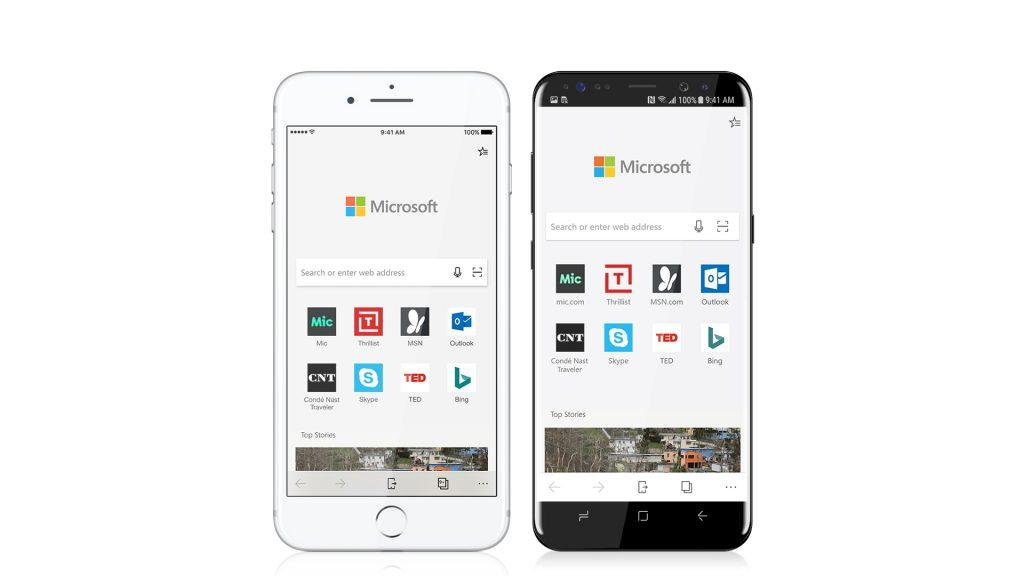
The Chromium Edge #
In 2019 Microsoft is now using Chromium engine, so the User Agent is changing again. Because EdgeHTML engine is not used anymore, "Edge" was replaced by "Edg" (without last e), so from Edge 74 it is:
2019 ⏩ Mozilla (Gecko, Chrome, Safari, Edg)
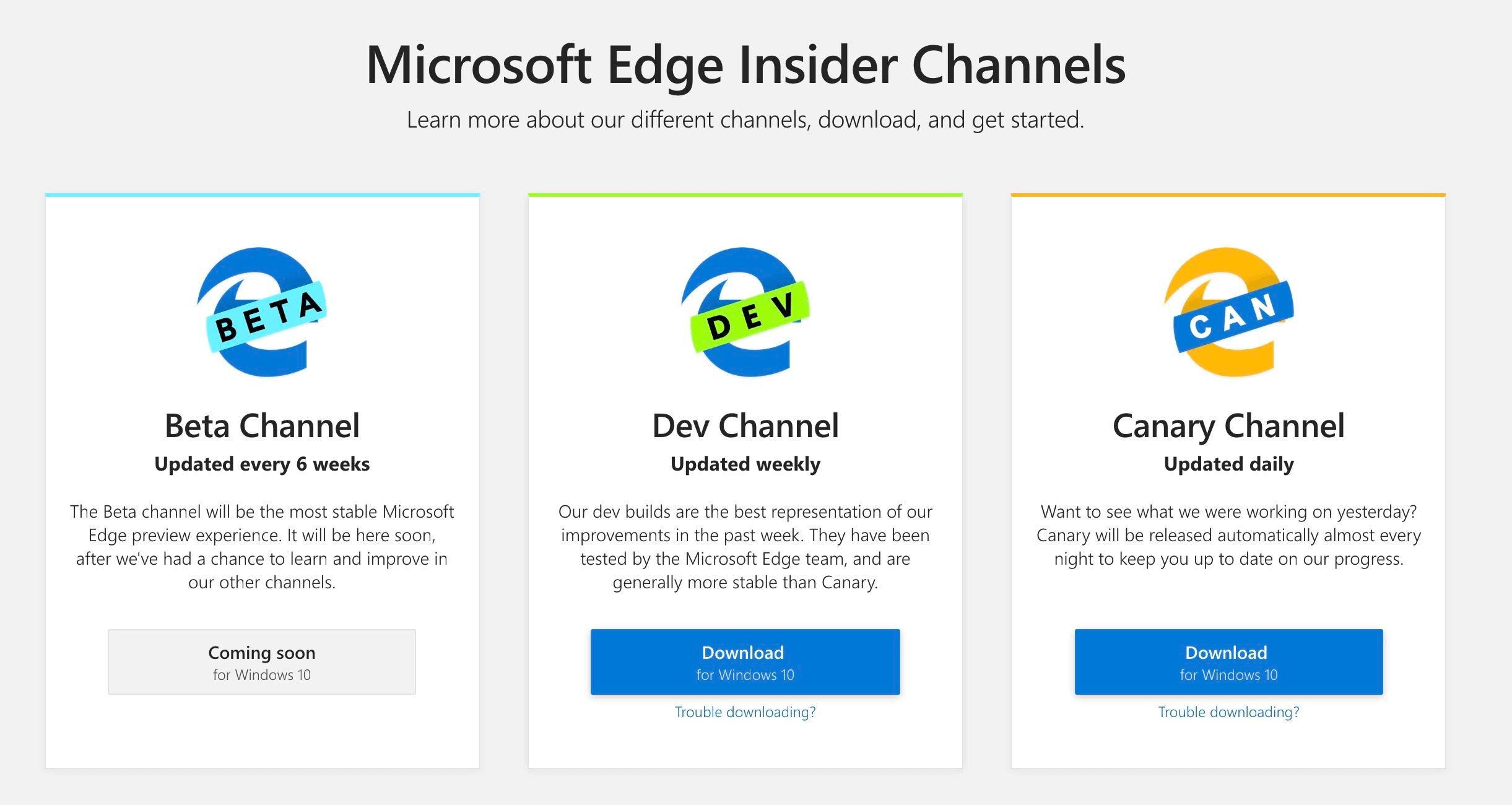
During 25 years Microsoft used Mozilla on every edition but 1.0. Then, it used one of the following strings
− Microsoft Internet Explorer
− MSIE
− Trident
− Edge
− EdgA
− EdgiOS
− Edg
And for 5 years it has also been using Gecko, AppleWebKit, Chrome, and Safari within the UA.
This article doesn't cover browsers that Microsoft acquired from other companies, such as Nokia Browsers.
This article was originally posted as a Twitter thread.

 by Maximiliano Firtman
by Maximiliano Firtman